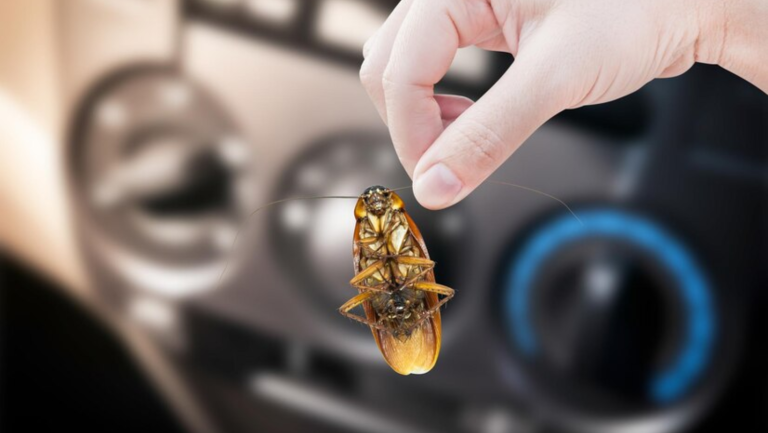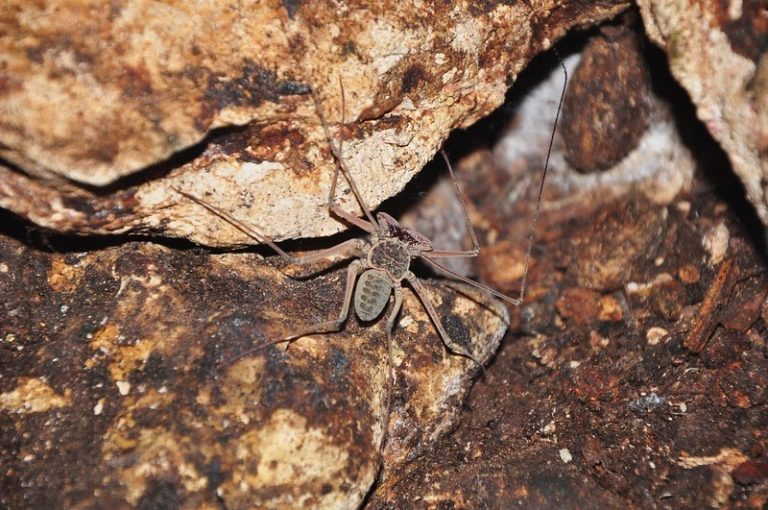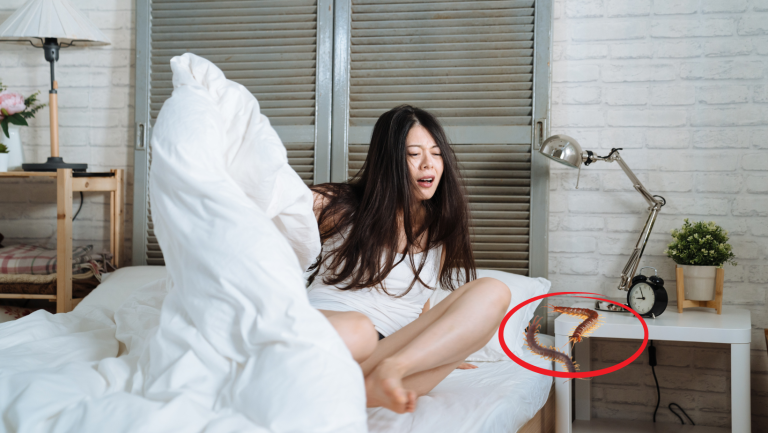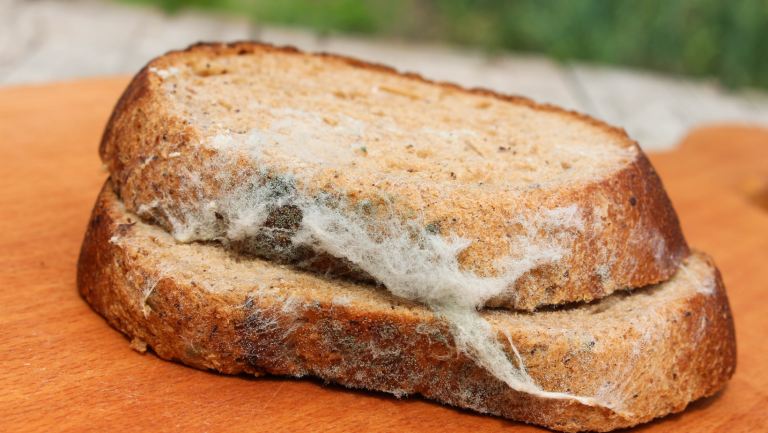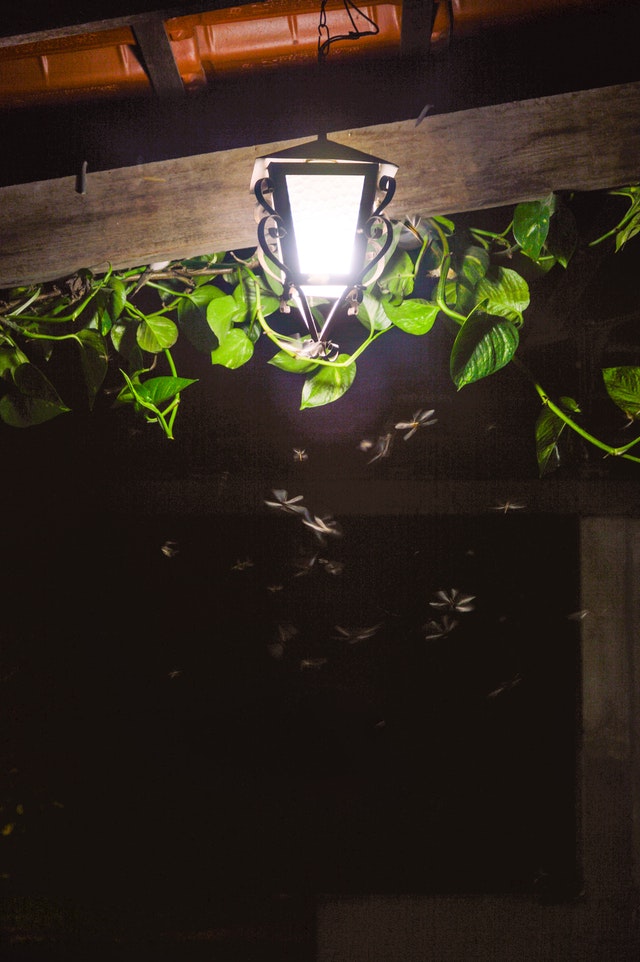How to Prevent Mold after Water Damage?
Water damage is very difficult to clean up because water can sink into the building materials and structures and linger for days if not dried properly. The lingering moisture can compromise the structural integrity of the structures and weaken the walls and floors. As weather patterns change and storms become more intense and prevalent, the potential for water damage and subsequent mold growth increases as well. Entire areas of the country are suddenly dealing with moisture problems that never had to deal with them before.
It can cause a devastating effect on the building which will be difficult to clean up or probably return to its former state. One of the most troublesome and catastrophic consequences of water damage is mold. If you aren’t careful enough and don’t apply preventive measures immediately after the water is cleared, you will have to deal with mold infestation. Try as much as possible to prevent mold infestation after water damage because many always fall victim to it.
How does mold occur?
Let’s kindly know how this mold occurs before we can be enlightened on how to prevent it. It will give us insight into how we will prevent it. Mold and mildew are types of fungi that grow in dark and damp places. Excessive moisture can create an ideal environment for them to grow in, which makes them the common consequence of water damage.
After a flood or a massive leak, water sinks into porous building materials, structures and the excess moisture and humidity in the air don’t allow the water to evaporate completely. The damp and porous building materials have enough organic compounds to encourage the growth of these molds and also feed them comfortably.
The growth happens within 24 to 48 hours of the water disaster so you have a very small window to prevent mold in your house. If the moisture is allowed to linger for this period of time, there will definitely be mold.
What are the conditions for mold growth?
Water in your home or building is a dis-concerning thought and for good reason, unattended moisture may lead to mold growth. Below is what molds need to grow:
- Moisture (liquid water)
- Food (typically starch or sugar)
- Temperature between 41° and 104°
- Oxygen
The conditions of temperature and oxygen are almost always met in an indoor environment. Food sources can easily be found in the paper backing of the drywall or even in particles in the water making the addition of moisture into the wall cavity something that should be addressed right away.
How to prevent mold growth?
There are many steps you can possibly take after the water damage to prevent mold growth. It’s wise to hire a professional to handle the task because they will have the right tools and equipment to get the job done quickly, effectively, and efficiently.
Below are the steps you could use to prevent mold formation from water damage –
- Remove the water: The first and the most important step are to remove all the water from the flooded area. You can hire specialized water vacuums to draw the water away or use the traditional bucket to clear the area.
If the water is from a natural flood, sewer backup, and other such disasters, don’t touch it without adequate protective clear. Contaminated water will have dangerous chemicals and pathogens that can harm your health and can cause diseases. Clean water from burst pipes and leakages is safe to clear without the use of special equipment.
- Remove damp Rugs and Carpets: Damp rugs and carpets take longer time to dry than less porous building materials. It’s a good idea to remove them from the flooded area and steam clean them to eliminate all contaminants and germs. You can try these carpets and rugs in the sunlight in order to minimize the chances of mold infestation.
If you don’t remove the rugs and carpets, mold will grow underneath them and spread to the surrounding areas.
- Dry the wet surfaces: Once you have removed the carpets and rugs, dry all the wet surfaces as much as you can because you need to work on preventing moisture. You can use a dry rag or mop to soak up the water that the vacuum couldn’t remove. You can also rent industrial sized fans to remove all excess moisture from the room and make sure it dries quickly.
Mold can develop in 24 to 48 hours in the right condition as earlier mentioned, so if you eliminate the excess moisture quickly, you will minimize the possibility of mold.
- Keep the surfaces and room dry: The room’s humidity should remain below 50% in order to keep mold at bay. You can use the dehumidifier to achieve this result. If the weather outside is sunny and warm, open all windows and air your home as you can use the dehumidifier. This will ensure your room remains dry after all the excess water is removed.
You need to maintain this dryness for a few days after the water damage disaster in order to prevent mold growth.
- Sanitize all surfaces: Once all the excess moisture is removed, you should clean and sanitize all sources.
You can purchase over-the-counter cleaning solutions that will eliminate both bacteria and the possibility of mold. You can find these solutions in your local hardware store. You can also clean small pockets of infestations with bleach. If you properly follow these steps, you should be able to prevent mold growth.
Unfortunately, preventive measures don’t always work, so, if you still see signs of mold growth, you should immediately call a professional to clear it. The professional cleaning will eliminate mold from your environment completely so you can breathe the indoor air without concern.
- Take a look outside: Check the exterior of homes and buildings regularly for accumulating ground water. When the ground is saturated mold can begin to form outside and find its way inside. If water is accumulating against your foundation, take measures to drain the water away from your building.
Keeping things dry is the key to preventing mold growth. You should be sensitive in checking the exterior of your homes which will enable you to checkmate early signs of mold infestation outside and prevent it from finding its way inside.


